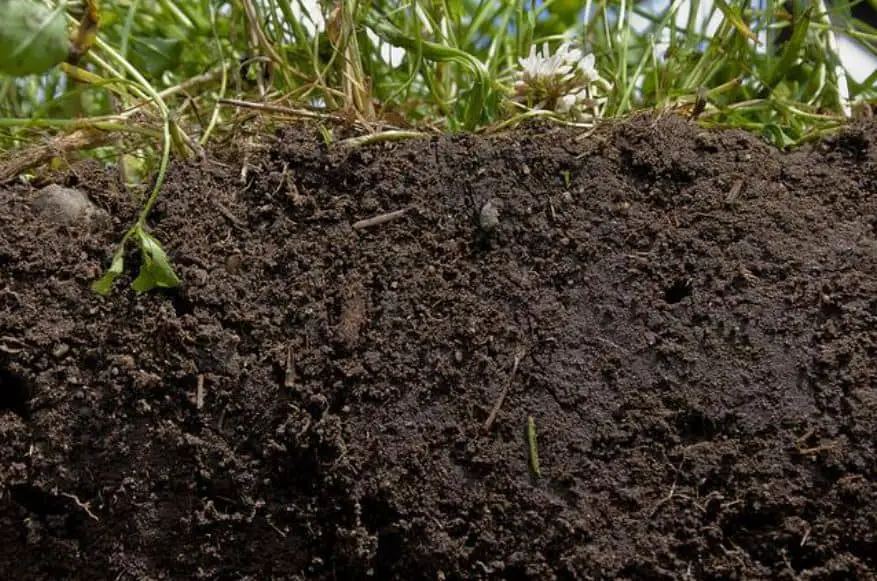What is silt soil? Silt seldom gets the respect it deserves in the gardening community. Yet, soil elements differ in their capacity to store or discharge water and keep nutrients. Gardeners need to recognize silt and know its importance to the soil.

Definition of Silt
The size of the particles in sand defines it. On the particle grade scale, silt is the second-smallest grain size having a diameter between.002 and.05 mm, with clay being the smallest & boulders being the biggest. As bigger rocks, especially quartz, and feldspar, are eroded by wind and water, silt is created. These fragments of eroded rock are ground into this dust-like substance by glaciers, running water, and wind.
Features of Silt
Sand, clay, and silt are all parts of soil. The particle size of silt is in the range of sand (.05 to 2 mm) and clay (less than.002 mm), and it varies from these materials in the following ways:
- Texture: Dried silt has a smooth, floury texture. When pushed between the fingers, a clod of dry silt will readily crumble and disintegrate into a powder. Dried clay solidifies into dense, stiff clumps that are difficult to separate. Sand is coarse and stays loose after drying.
- Adhesion: When silt is moist, it feels slick or oily. Under pressure, it can be sculpted, but when released, it will lose its form. When wet, clay possesses adhesion and cohesion capabilities, which means it adheres to other things. It is moldable and holds its form after being removed from pressure. Sand that is still wet may be shaped into structures (like beachside sandcastles), but it is readily broken when handled or after drying.
- Shape: Silt particles are round, while clay particles are usually flat and wide. Sand has sharp edges, which gives it a harsh texture. These edges may deteriorate and level down over time.
- Moisture retention: A particle’s capacity to store water depends on the size. Water molecules may adhere to the surface of smaller particles because they have a bigger surface area. Clay holds the most water and drains poorly when compared to silt. Sand rapidly drains and has the lowest water retention. The center is filled with sand.
- Levels of nutrients: Whereas sand’s larger particle size allows nutrients to be washed through the soil, clay particles collect and bind nutrients. Like clay, silt may cling to nutrients. Silt is more able to produce aeration than clay soils because of its size. This increases the availability of silt’s nutrients to plants.
Silt in Soil as a Percentage
Loam is the term scientists use to describe soils that include silt, sand, and clay. The soil’s capacity to retain nutrients and drain water may be altered by combining these three elements in various ratios. For instance, sandy loam has less than 20% clay and 50% to 70% sand. The remaining substance is silt or organic matter. While sandy loam soil has adequate drainage and aeration, its significant sand concentration necessitates more frequent fertilizer applications.
A silt loam soil has less than 27% clay and contains at least 50% silt-sized particles. Silt loam soils may be highly rich and can store a fair quantity of water. Silt loam may be too rich and damp for plants native to arid or hilly areas.
Less than 40% of the soil is clay, with 20 to 45% sand and less silt. These soils often have delicate textures and slow drainage rates. They have a medium fertilization rate and store a modest quantity of water.
FERTILITY = SILT
Natural sites with 100% silt soil are uncommon. However, erosion moves substantial silt to create river deltas and deposits it along river banks. Some people think that these regions are where agriculture first emerged.
The region in the Middle East between the Euphrates and Tigris Rivers is known as the Fertile Crescent and is abundant in silt. This location was where early people started growing crops and is sometimes called the “cradle of civilization.” Gardeners may be unable to cultivate the wide range of fruits and vegetables we harvest now without silt.


